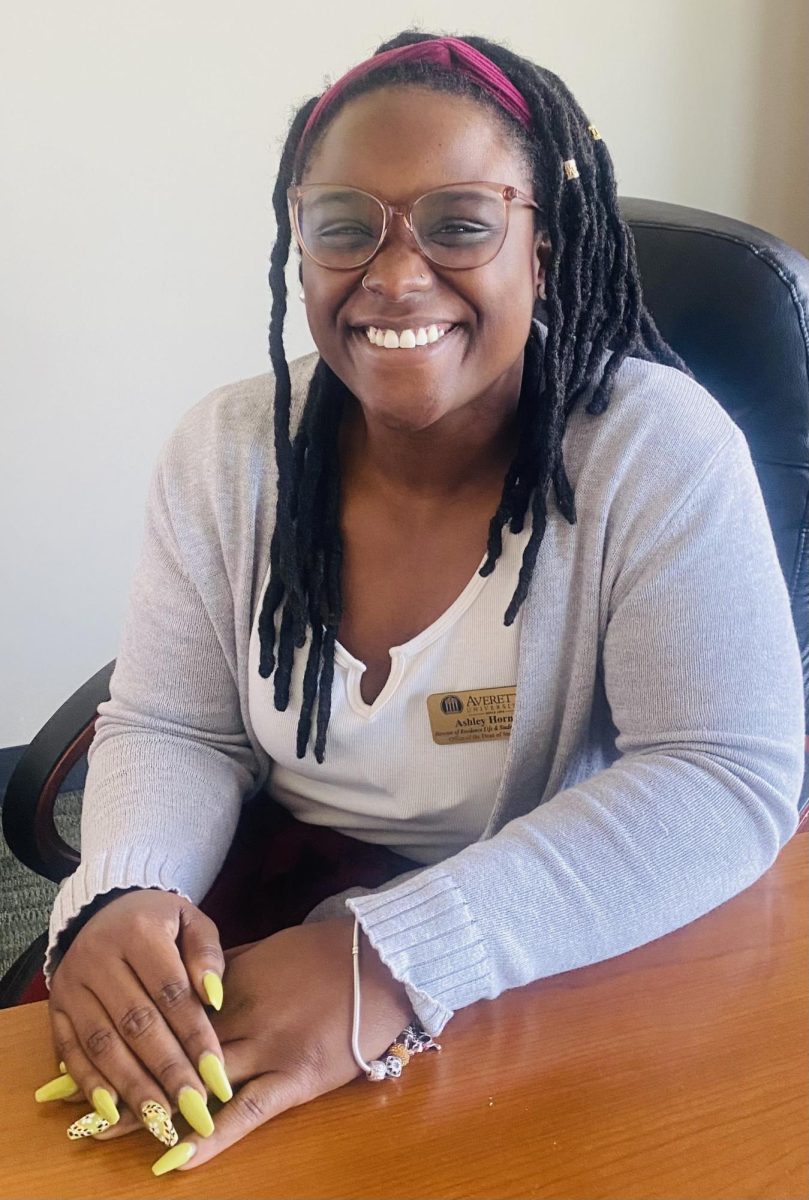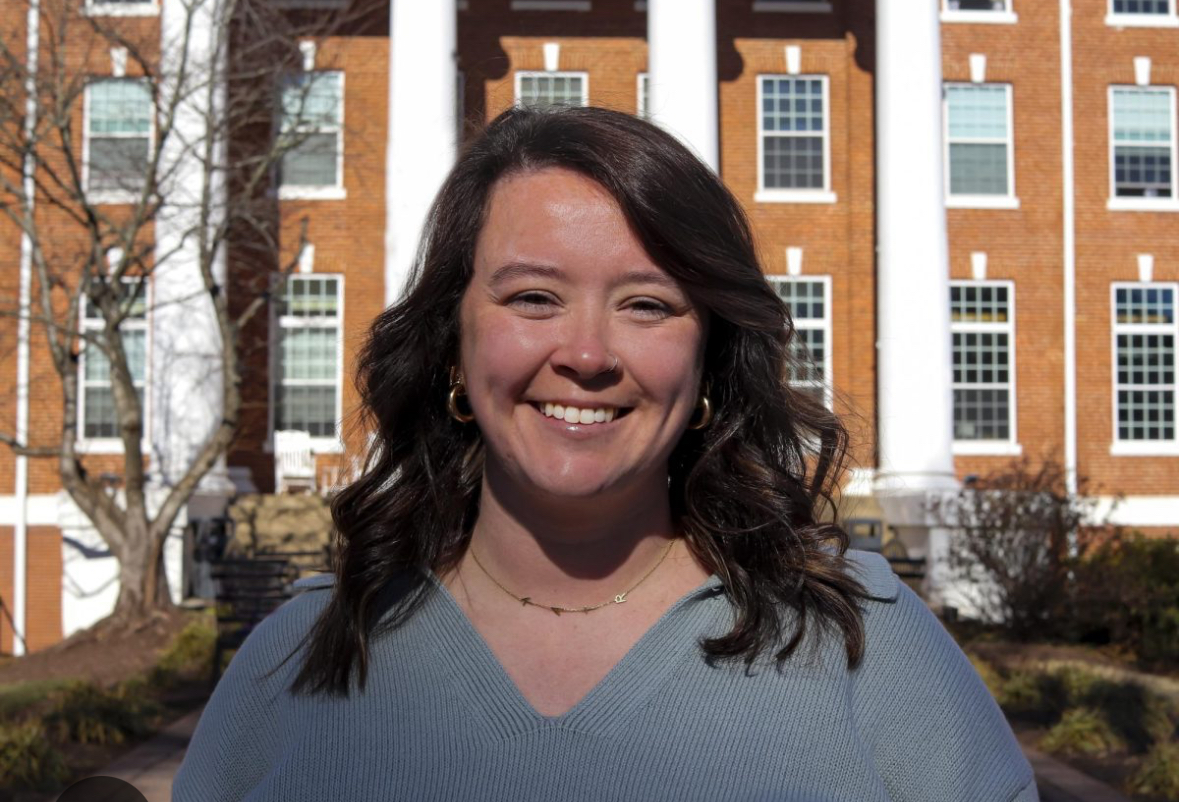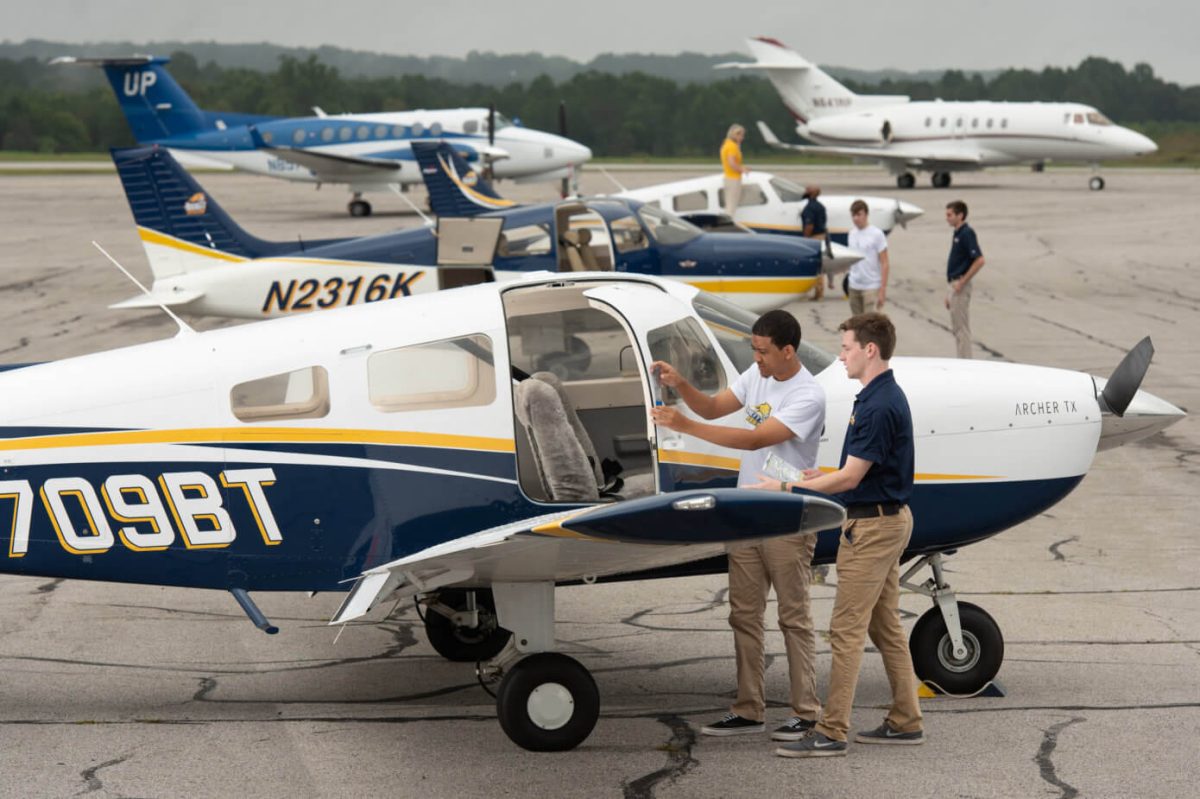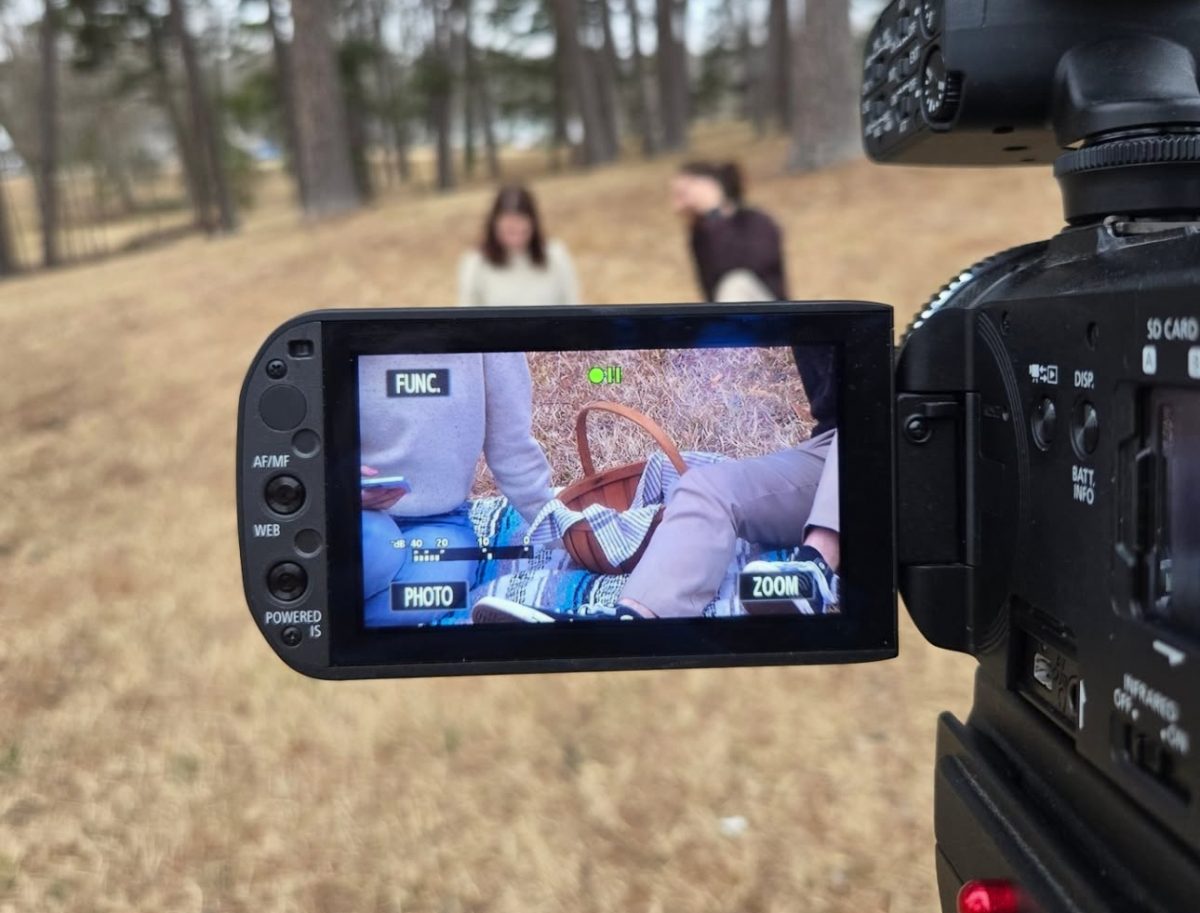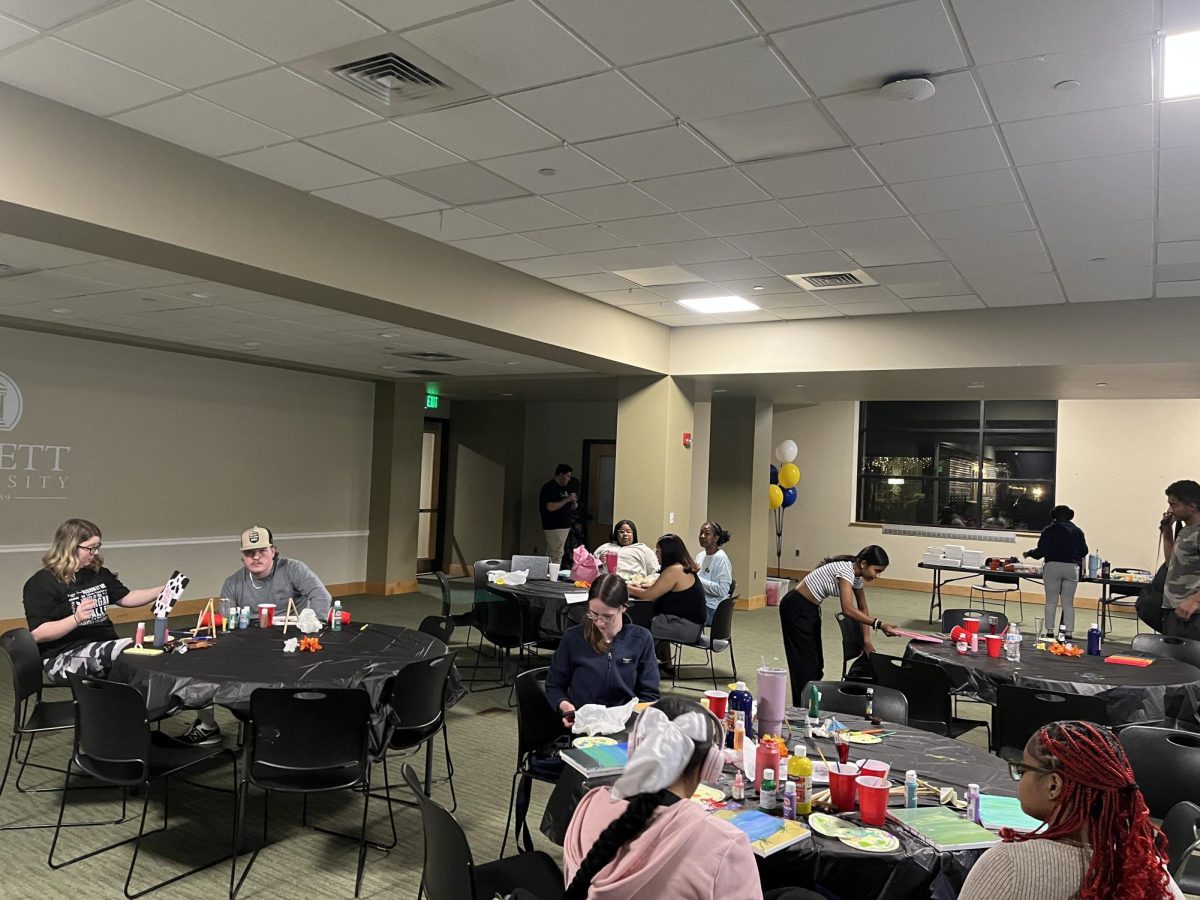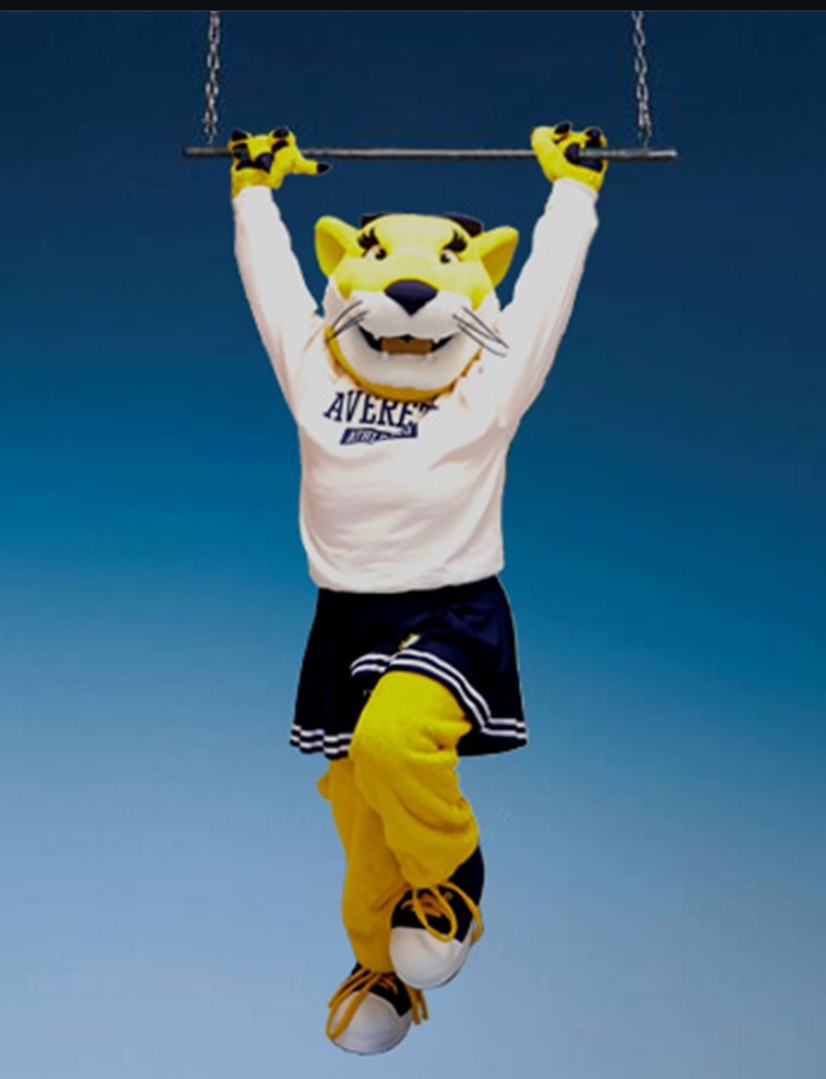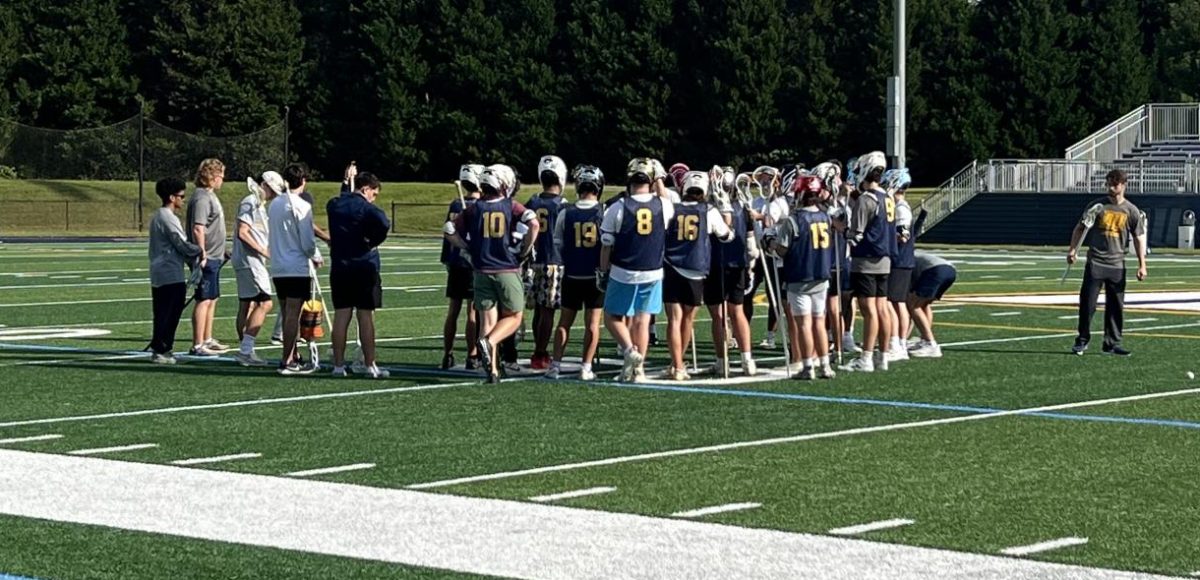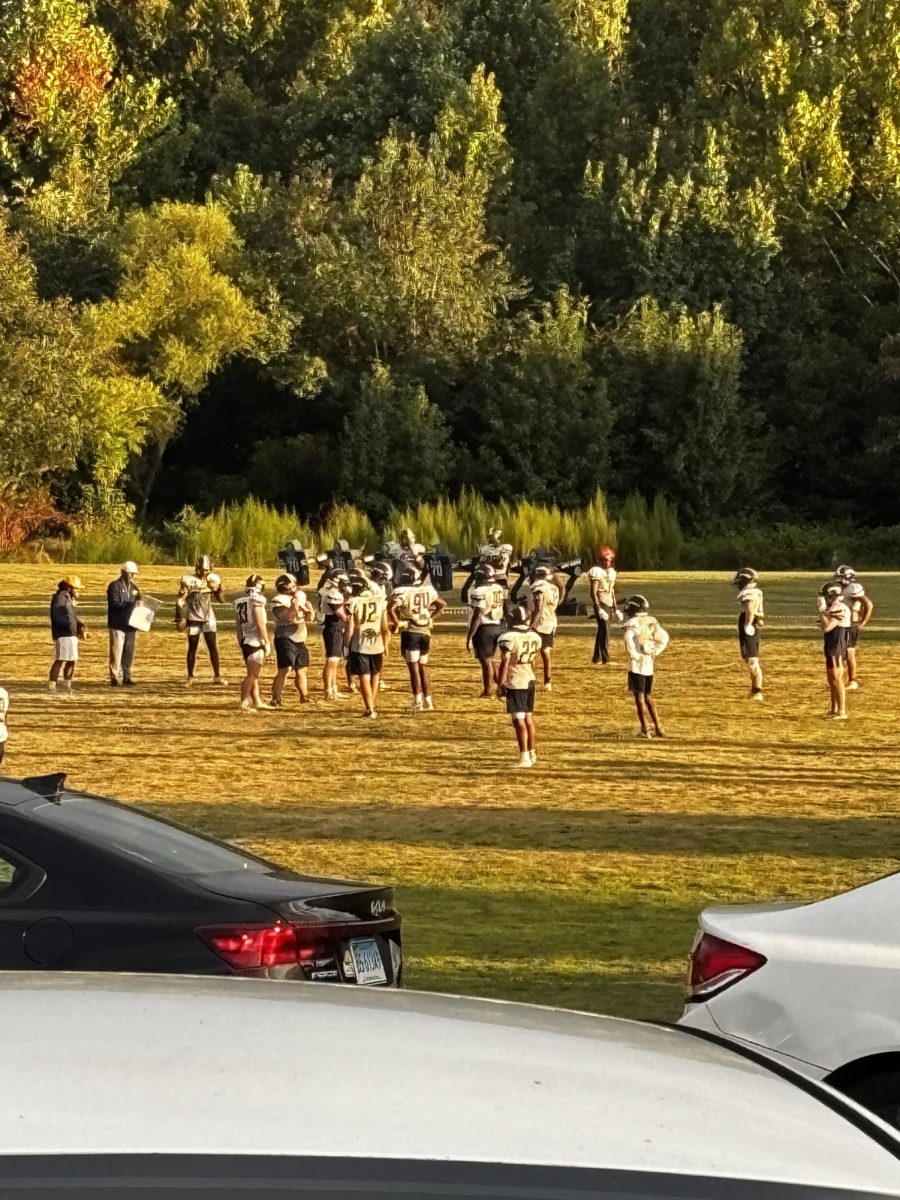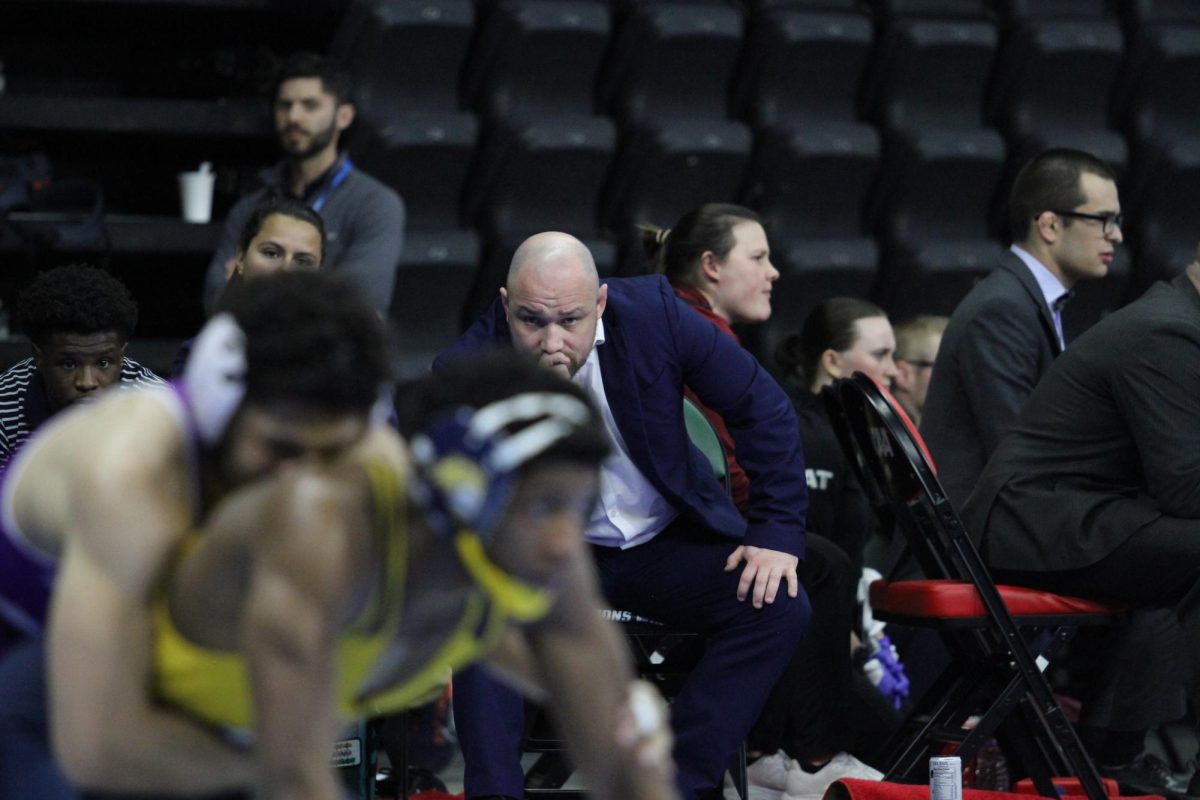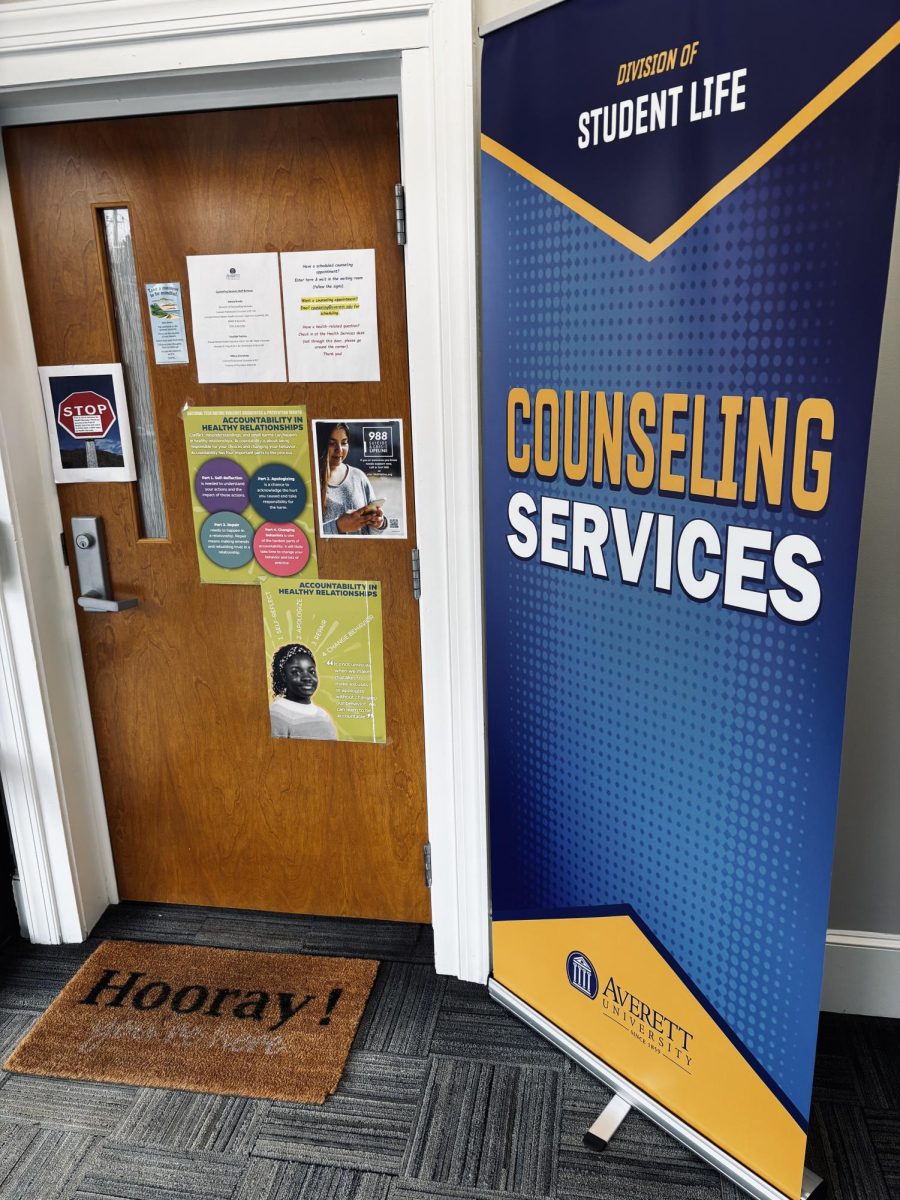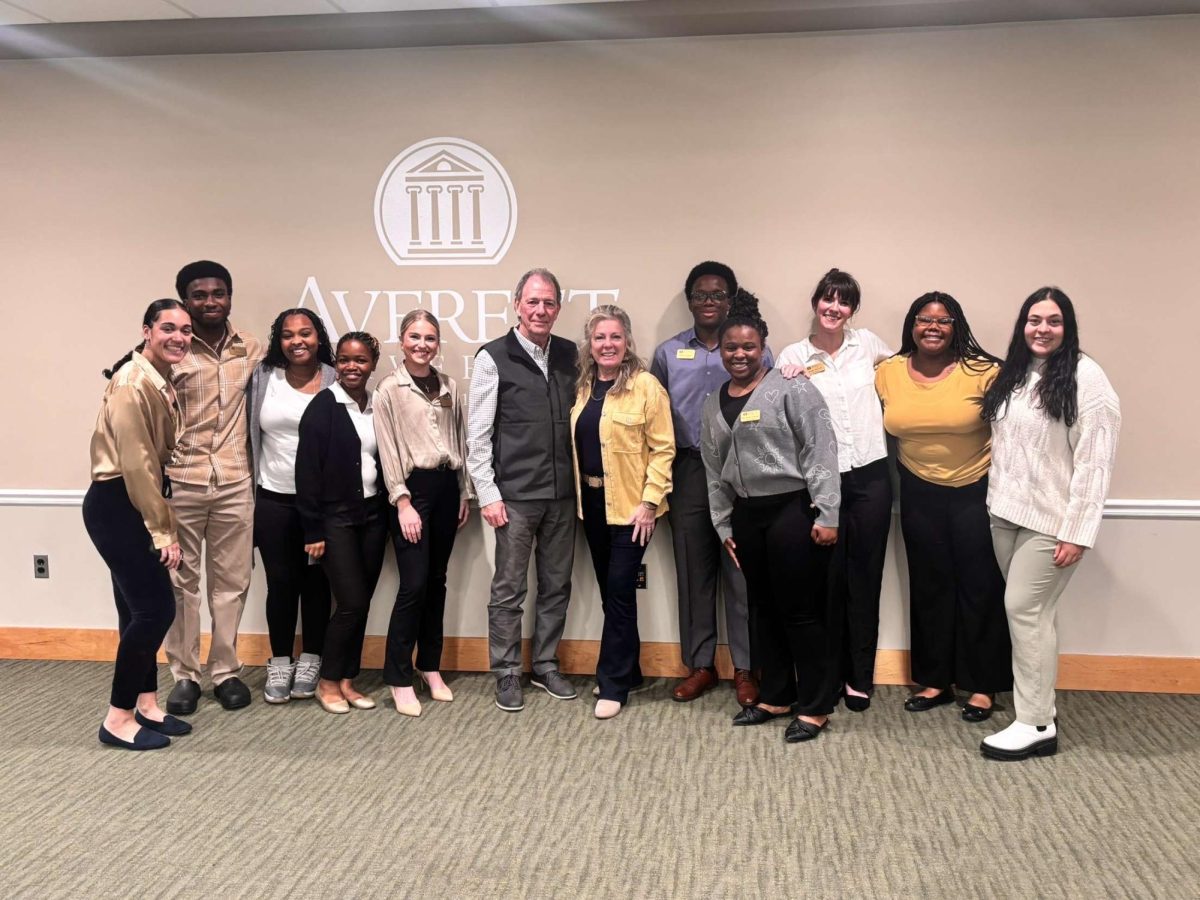The transfer rates of a university can offer critical insight into how well an institution supports students as they work to earn a four-year degree. At Averett University, the retention rate has been a topic of interest over the years. As the University works to understand and address the continuously changing needs of its students, they plan to rectify the increasing rate. Digging deeper into these transfer rates can reveal the trends and shifts over the recent years. By understanding these patterns, universities can adapt their effectiveness regarding advising and programs to ensure they are fostering long-term success within their students.
According to studies conducted throughout the years, Averett University has a lower retention rate than the national average, meaning that the institution has seen an unfortunate amount of students transfer or drop out of the University, especially after their freshman year. A 2015 survey conducted through the IPEDS (Integrated Postsecondary Education Data System) portrayed just 59% of students making it past their freshman year at Averett, with 35% of students powering through all 4 years. Despite this, Averett University has steadily increased its retention rate since then. The 2023-2024 school year showed that the institution has improved its 4 year graduation rate to 44%. Meanwhile, although we see a growth in graduation, the retention rate of first year students remains at 59%, below the national average, with a transfer out rate of 37% of students.
A closer look at the patterns and shifts in these rates throughout recent years allows Averett to examine the factors that influence these changes. Students currently enrolled in the University can provide insights on what may be contributing to students considering a switch.
Cameron Carson, a business major in his sophomore year at Averett, worries that the promises made by the institution lack the progress that students are looking for.
“We just get told a lot of things that now we don’t believe it until it happens. They’ve talked about new facilities, fixing the dorms, better food, wi-fi, [etc], but it doesn’t feel like it’s happening. I don’t know for sure but I think if some of those things happen it will make a lot of people happier,” Carson said.
Hunter Howerton, a history major out of Halifax, Virginia, raises concerns about the connections between students and faculty.
“I don’t know for sure, but I know that sometimes it can feel as if we are an inconvenience to some of the staff. It’s more about how we’re treated when we’re here and it’s almost as if they don’t want to deal with us sometimes. It’s like they’re more focused on trying to get people to come here than trying to keep the people they have. I know we are younger, but really we just want to be treated like adults and that doesn’t always happen,” Howerton stated.
Although the tensions between students and staff is relevant, it is important to convey that Howerton appreciates numerous of the professors that are lecturing at Averett, and has found that he is able to connect with many of them. However, noting that it can be difficult to maneuver around differences of opinion in certain situations.
Isobel Evans, a junior Aviation Major and member of the Averett Women’s Soccer Team, portrays some concern regarding the athletic programs at the school.
“Honestly I think it all comes down to the coaches, most people come to Averett to play their sport, so when they aren’t winning, they don’t get playing time, or they don’t feel like they have a place with the team; they leave,” Evans reported.
Averett has seen a shift in coaches throughout a number of the athletic programs, seeing at least 7 coaching changes in the last few years. This provides hope for the future as the University seems to be assessing the athletic performance of its teams, as athletes strive for success in the ODAC.
Emily Waddles, a member of the cheer leading program, wants to see more opportunities for students to connect with one another.
“Inclusion. It can start to feel really divided and definitely if everybody had a place here they’d be less likely to leave. I’m not sure how to fix that, maybe having more stuff where we are able to meet people, or advertise the ones we have, because sometimes we don’t even know they are happening. Especially people that don’t play a sport, it can be hard to get out of your shell,” Waddles said.
Venita Mitchell has been a part of the Averett University staff for four years working in her current role as Vice President of Student Engagement. One of her primary responsibilities has been working on the retention rate. Through numerous surveys provided to students and with the student life organization she has been able to dissect the shifts in retention over the years. In the last year she has worked on the academic side of student transfers, pushing students in the right direction to achieving academic success.
“Most transfers are seen from students with lower GPA averages or low attendance in classes. When we gathered this information it gave us the grounds to focus harder on getting students the help that they need in order to be successful in their classes. We have been getting tutors to students sooner and getting them in contact with advisors so that students can stay on track to graduate on time,” Mitchell said.
The retention rate of Averett University for first year students has increased by 5% in the fall of 2025. Mitchell and student life staff have been working diligently to continue to raise that percentage.
“We attributed the increase to a lot of the work we did in Student Success with academic support, social and educational programming targeted towards particular populations that had lower retention (males, first-generation for example). Faculty also held workshops on holistic advising and updated the 110 curriculum for the students that had arrived in Fall 23, along with the furniture improvements in Fugate. SGA and Student Involvement did surveys and tried to cater programming to what students wanted. I think we have also seen an increase in student organizations,” Mitchell added.
Retention and graduation rates of a University convey a deeper story about how an institution works to satisfy its students throughout their time there. Although the rates of Averett sit a little bit below the national average, the steady growth in these percentages provide hope for current and incoming students on the school’s ability to adapt to changes and concerns. With multiple changes in staff positions, including President of the University, Dean of Students, and Athletic Director, it is safe to say that Averett is adapting to the needs of its students, and continues to actively work on any rising worries.


